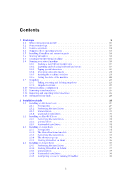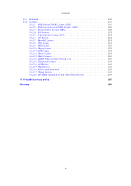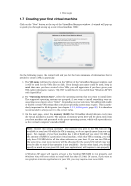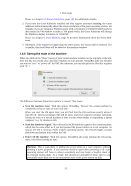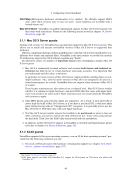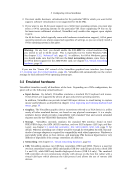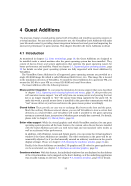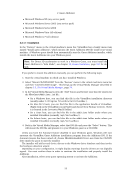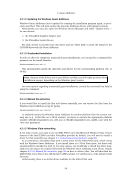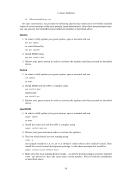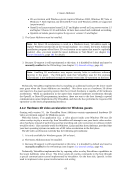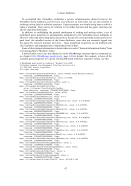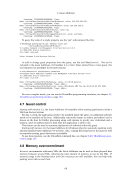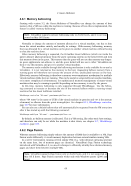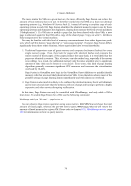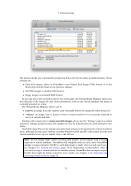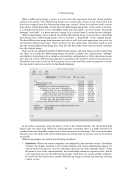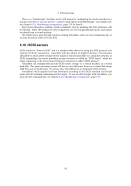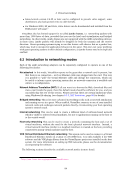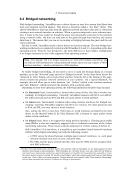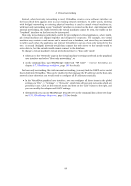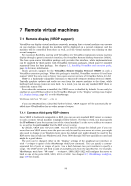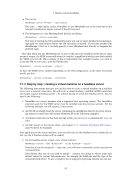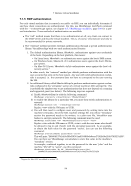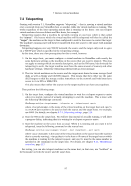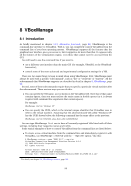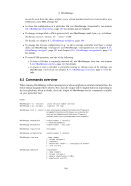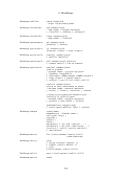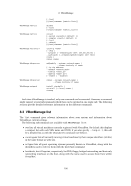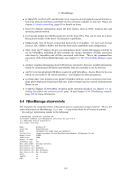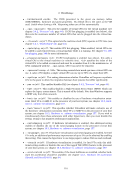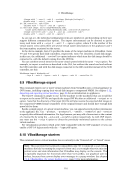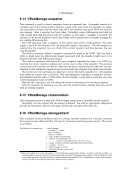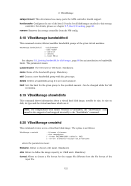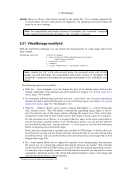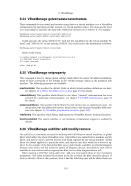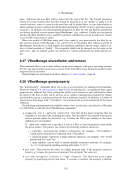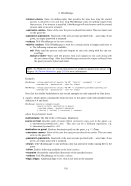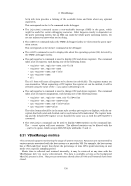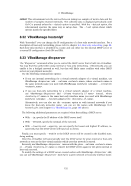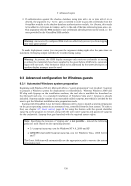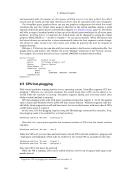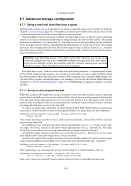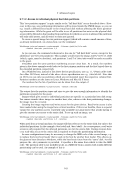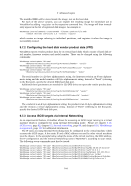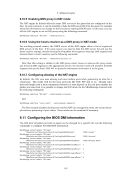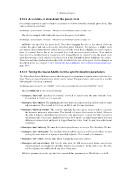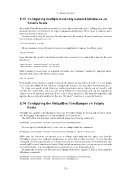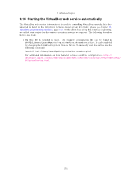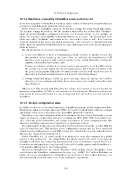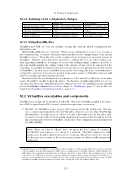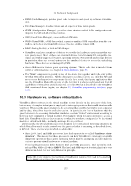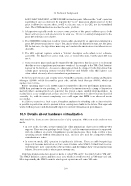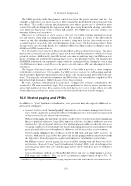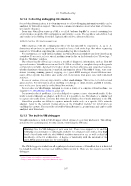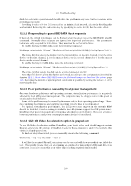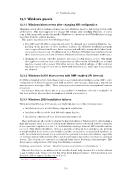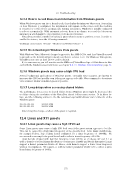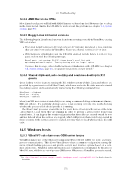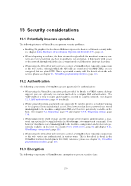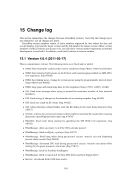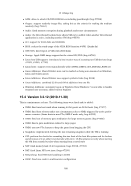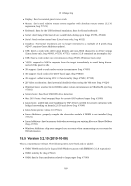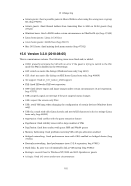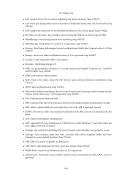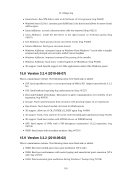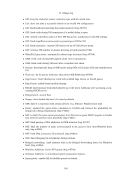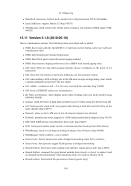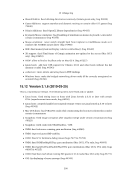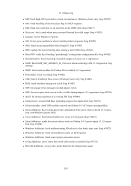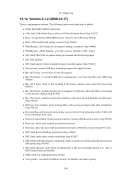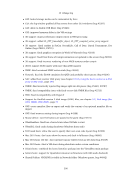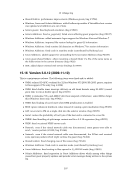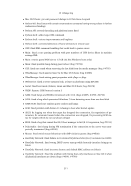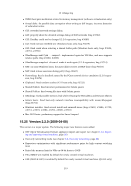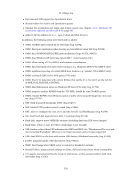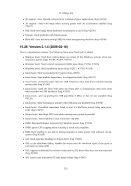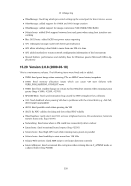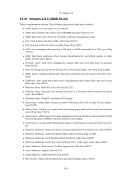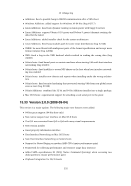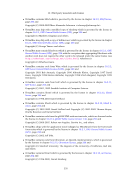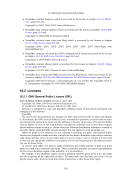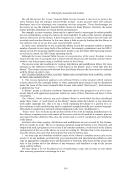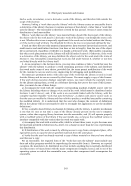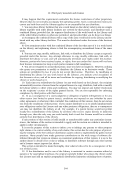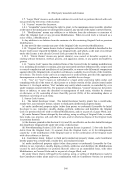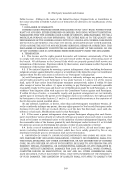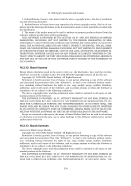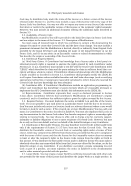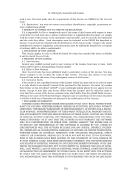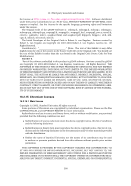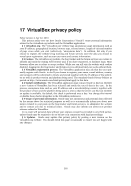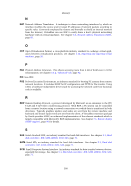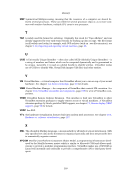8 VBoxManage The optional --type specifier determines whether the machine will be started in a window (GUI mode, which is the default) or whether the output should go through VBoxHeadless, with VRDE enabled or not see chapter 7.1.2, VBoxHeadless, the remote desktop server, page 91 for more information. The list of types is subject to change, and it’s not guaranteed that all types are accepted by any product variant. The following values are allowed: gui Starts a VM showing a GUI window. This is the default. headless Starts a VM without a window for remote display only. 8.11 VBoxManage controlvm The controlvm subcommand allows you to change the state of a virtual machine that is currently running. The following can be specified: • VBoxManage controlvm vm pause temporarily puts a virtual machine on hold, without changing its state for good. The VM window will be painted in gray to indicate that the VM is currently paused. (This is equivalent to selecting the “Pause” item in the “Machine” menu of the GUI.) • Use VBoxManage controlvm vm resume to undo a previous pause command. (This is equivalent to selecting the “Resume” item in the “Machine” menu of the GUI.) • VBoxManage controlvm vm reset has the same effect on a virtual machine as pressing the “Reset” button on a real computer: a cold reboot of the virtual machine, which will restart and boot the guest operating system again immediately. The state of the VM is not saved beforehand, and data may be lost. (This is equivalent to selecting the “Reset” item in the “Machine” menu of the GUI.) • VBoxManage controlvm vm poweroff has the same effect on a virtual machine as pulling the power cable on a real computer. Again, the state of the VM is not saved be- forehand, and data may be lost. (This is equivalent to selecting the “Close” item in the “Machine” menu of the GUI or pressing the window’s close button, and then selecting “Power off the machine” in the dialog.) After this, the VM’s state will be “Powered off”. From there, it can be started again see chapter 8.10, VBoxManage startvm, page 116. • VBoxManage controlvm vm savestate will save the current state of the VM to disk and then stop the VM. (This is equivalent to selecting the “Close” item in the “Machine” menu of the GUI or pressing the window’s close button, and then selecting “Save the ma- chine state” in the dialog.) After this, the VM’s state will be “Saved”. From there, it can be started again see chapter 8.10, VBoxManage startvm, page 116. • VBoxManage controlvm vm teleport --hostname name --port port [--password password] makes the machine the source of a teleporting operation and initiates a tele- port to the given target. See chapter 7.2, Teleporting, page 97 for an introduction. If the optional password is specified, it must match the password that was given to the modifyvm command for the target machine see chapter 8.7.5, Teleporting settings, page 114 for details. A few extra options are available with controlvm that do not directly affect the VM’s running state: 117
Purchased from Demo (abedemo.tizrapublisher.com) for the exclusive use of unknown. © 2025 Demo. Please report unauthorized use to pirate@tizra.com


